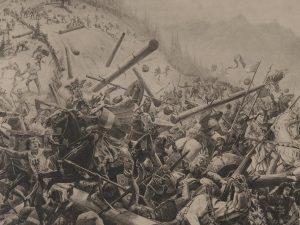A moving mountain: the enigma of the Rosablanche
In 1915, land surveyors realised that the summit of the Rosablanche mountain in the canton of Valais had moved several metres in the space of just a few years. Today, the cause of the movement is more relevant than ever.

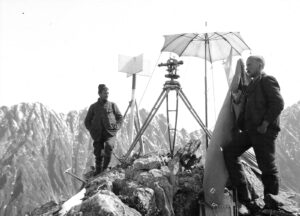
At midday, during the warmest hours, everything moves; blocks fall from left and right into the gully or head south from there towards the glacier. You get the impression that the ground beneath the trig point will not be able to resist for much longer, but must give in to the law of gravity and sink into the depths.
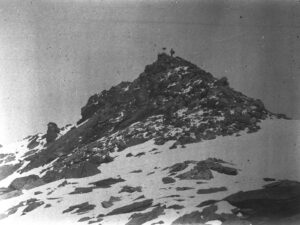
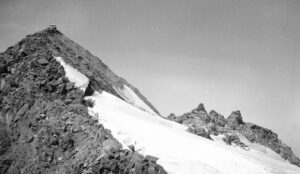
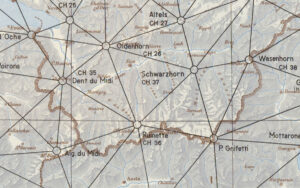
Space and time
This article was originally published (in German and French) on the “Space and time” website of the Federal Office of Topography (swisstopo), where readers can regularly discover thrilling chapters from the history of Swiss cartography.

